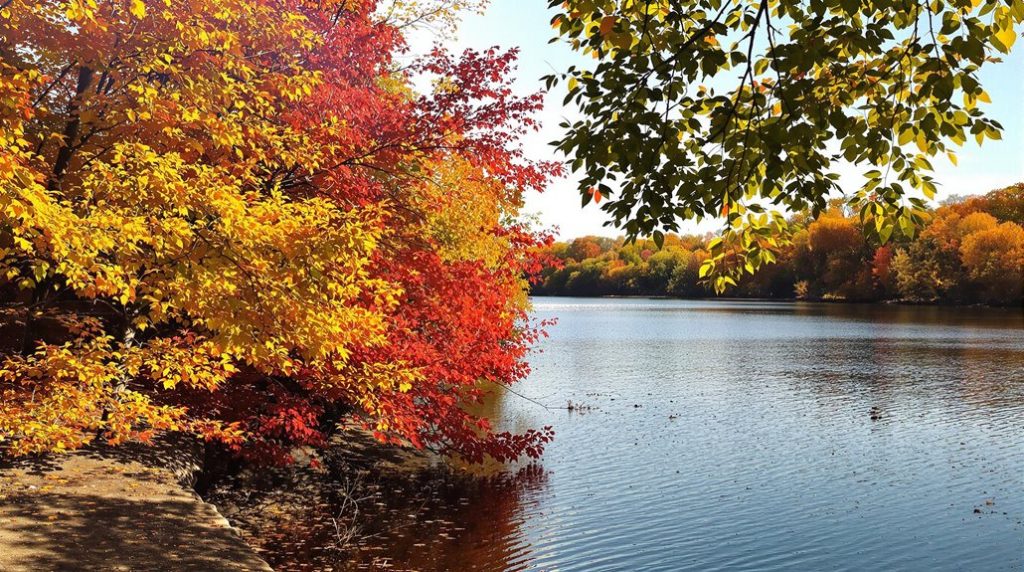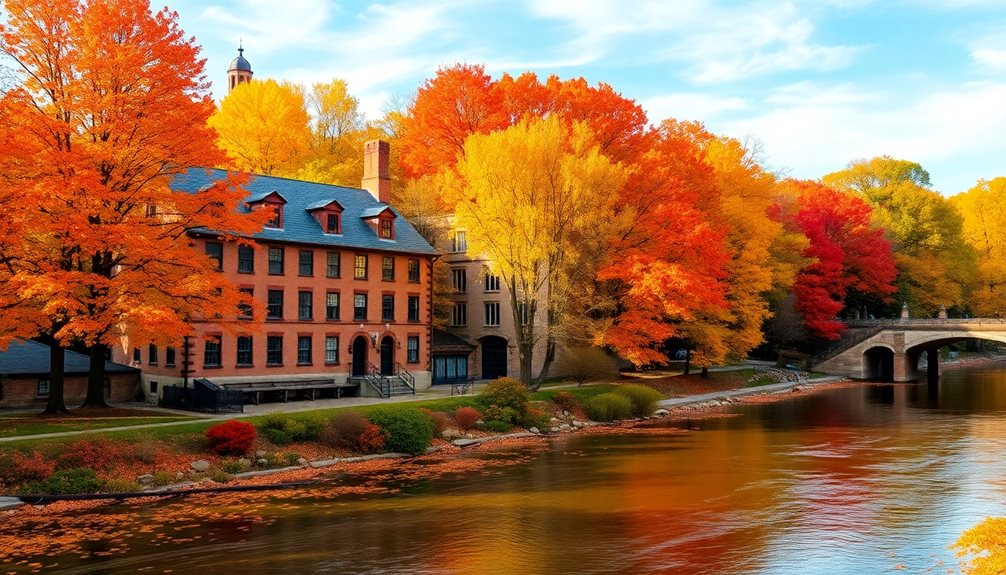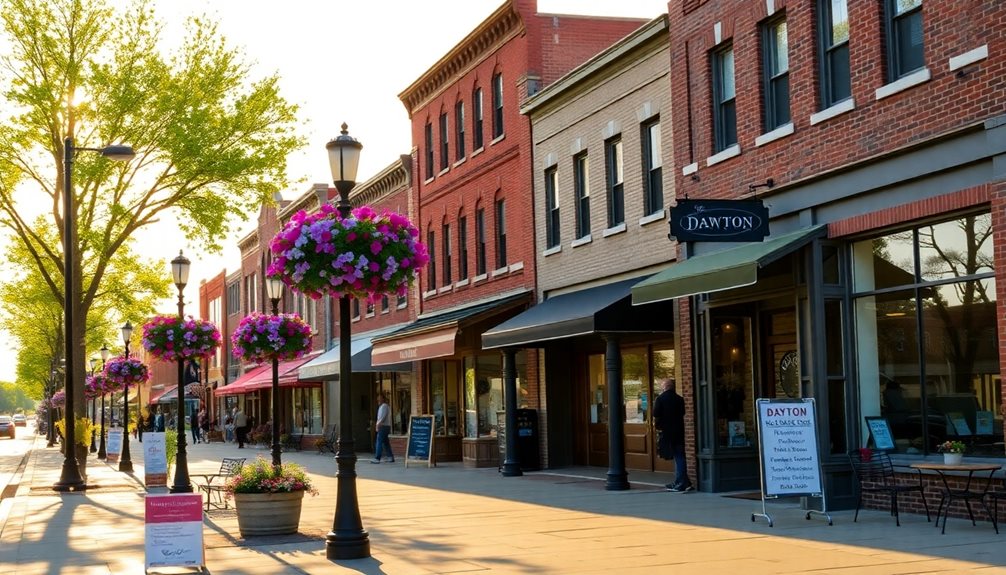
Dayton MN
Dayton, Minnesota, is an agricultural community established in the 1850s and named after Lyman Dayton, a St. Paul real estate investor. It was initially developed for farming and supported by timber sales to Minneapolis. As Minneapolis expanded, so did Dayton, offering private living areas, blending natural beauty with suburban amenities. Spanning 25.182 square miles, it features the Mississippi River and Diamond Lake. For deeper insights, exploring its further attractions and growth offers a more thorough understanding of this Twin Cities suburb.
Expert Highlights
- Dayton, MN, was founded in 1851 as an agricultural community.
- It is named after Lyman Dayton, a real estate investor from St. Paul.
- The city covers 25.182 square miles with lakes and water.
- It is part of the Minneapolis-St. Paul metropolitan area economically.
- Offers outdoor activities like hiking and water sports nearby.
History of Dayton

The city of Dayton, Minnesota, has a rich and multifaceted history dating back to its early settlement in 1851.
Initially, it was named after Lyman Dayton, a real estate investor from St. Paul, and developed primarily as an agricultural community. Geographically, Dayton featured forests and grasslands, which settlers cleared for farming.
During winter, residents worked in the pine forests, cutting timber for wood sales in Minneapolis. This economic activity supported year-round livelihoods for early settlers.
Over time, Dayton's growth has been influenced by Minneapolis's expansion and economic opportunities.
Today, visitors can explore Dayton's charming attractions while experiencing the city's blend of history and modern development.
Geographical Features and Attractions

Dayton, Minnesota, showcases a diverse geography, sprawling across 25.182 square miles of land and water.
Its total area includes 23.419 square miles of land and 1.763 square miles of water. Notable geographical features include the Mississippi River, Diamond Lake, and French Lake, each offering recreational activities.
The city's proximity to Elm Creek Park Reserve provides additional outdoor attractions, enhancing its appeal for nature enthusiasts seeking freedom in open spaces.
Dayton's layout combines residential areas with natural beauty, making it an attractive suburb of the Twin Cities.
Residents can visit nearby Long Lake for additional water recreation opportunities and scenic views.
Community and Local Economy

As part of the growing Minneapolis-St. Paul metropolitan area, Dayton, Minnesota, offers a strong local economy influenced by its proximity to major urban hubs.
The community has seen significant growth, with an estimated 2023 population of 10,157, compared to 7,262 in the 2020 census. The median household income in Dayton is substantial, at $178,661, reflecting its appeal as a suburban site for businesses and families seeking urban amenities with a more rural lifestyle.
A diverse racial composition aids in fostering a culture that values freedom and community engagement.
Planning Your Visit**
To plan a visit to Dayton, Minnesota, it is essential to understand the options available for recreation and exploration within this vibrant suburb.
Visitors can enjoy a mix of outdoor activities and local attractions.
Some highlights include:
- Recreational Sites: Explore Elm Creek Park Reserve and the nearby Mississippi National River & Recreation Area for hiking and water activities.
- Local Features: Visit the Eastman Nature Center for a glimpse into local biodiversity.
- Community Events: Engage with the local community through cultural events and festivals that foster connection and cultural exchange.
Expert Final Thoughts
Dayton, Minnesota, offers a rich blend of historical and geographical significance. The city's development was shaped by settlers exploiting its fertile soil, while its French-Canadian heritage adds cultural depth. Geographical features include a mix of forests and waterways, making it attractive for both nature enthusiasts and historians. With a strong sense of community and local economic importance, Dayton invites visitors to explore its historical landmarks and natural beauty.
